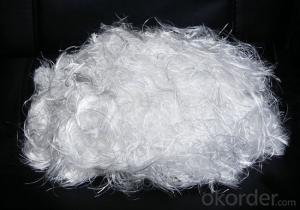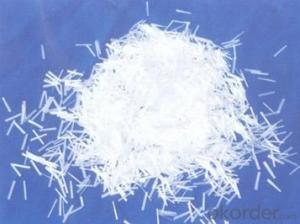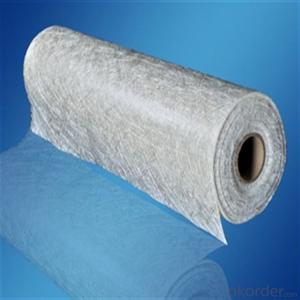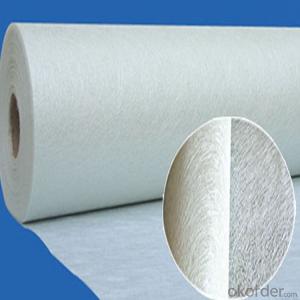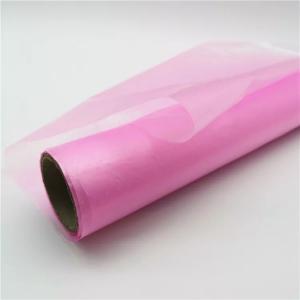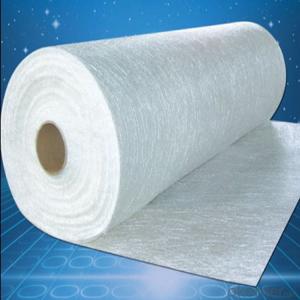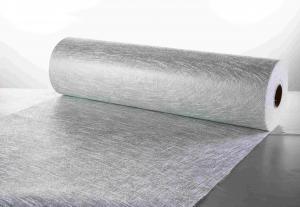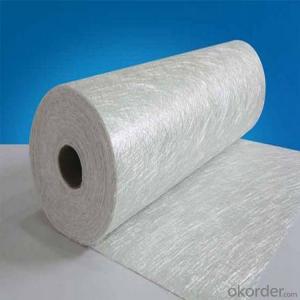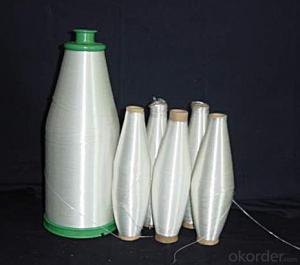All Categories
- - Steel Wire Rod
- - Steel Coils
- - Steel Profiles
- - Steel Pipes
- - Stainless Steel
- - Tinplate
- - Special Steel
- - Steel Sheets
- - Steel Rebars
- - Steel Strips
- - Hot Rolled Steel
- - Cold Rolled Steel
- - Pre-painted Steel
- - Seamless Steel Pipe
- - Welded Steel Pipe
- - Hollow Steel Tubes
- - Galvanized Pipe
- - Stainless Steel Coil
- - Stainless Steel Sheet
- - Stainless Steel Plate
- - Stainless Steel Strips
- - Electrolytic Tinplate Coil
- - Electrolytic Tinplate Sheet
- - Stainless Steel Rebars
- - Solar Panels
- - Solar Water Heater
- - Solar Related Products
- - Solar Inverter
- - Solar Cells
- - Solar Light
- - Solar Energy Systems
- - Solar Controllers
- - Solar Mounting System
- - Solar Pump
- - Solar Chargers
- - Fiberglass Chopped Strand
- - Fiberglass Mesh Cloth
- - Composite Pipes
- - FRP Pultrusion Profiles
- - Fiberglass Mat Tissue
- - Fiberglass Fabrics
- - Fiberglass Mesh
- - Composite Tank
- - Fiberglass Mesh tape
- - Polymer
- - FRP Roofing Panel
- - Fiberglass Roving
- - Monolithic Refractories
- - Ceramic Fiber Products
- - Refractory Bricks
- - Raw Materials For Refractory
- - Suspended Platform
- - Cranes
- - Concrete Machinery
- - Earthmoving Machinery
- - Building Hoist
- - Road Building Machinery
- - Plastic Pipe Fittings
- - Plastic Tubes
- - Plastic Sheets
- - Agricultural Plastic Products
- - Plastic Nets
 All Categories
All Categories
Q & A
How does the surface treatment of fiberglass chopped strand affect its compatibility with different resins?
The surface treatment of fiberglass chopped strand significantly affects its compatibility with different resins. The surface treatment, such as sizing or coating, modifies the chemical composition and characteristics of the fiberglass strands, which in turn influence its adhesion to resins. A well-matched surface treatment can enhance the bonding between the chopped strand and resin, resulting in improved mechanical properties and overall performance of the composite material. Conversely, an incompatible surface treatment can lead to poor adhesion, reduced strength, and potential delamination issues between the chopped strand and resin. Therefore, selecting the appropriate surface treatment is crucial for achieving optimal compatibility between the fiberglass chopped strand and different resins.
How does the manufacturing process of fiberglass chopped strand affect its properties?
The manufacturing process of fiberglass chopped strand has a significant impact on its properties. During the production, the glass fibers are chopped into smaller lengths and then mixed with a resin binder. This process helps to align the fibers in a specific direction, resulting in enhanced strength and stiffness. Additionally, the resin binder helps to bind the fibers together, improving their cohesion and overall durability. The manufacturing process can also influence the fiber dispersion, which affects the material's uniformity and strength. Overall, the manufacturing process plays a vital role in determining the mechanical, thermal, and chemical properties of fiberglass chopped strand.
What are the requirements for fiberglass chopped strand in building materials?
The requirements for fiberglass chopped strand in building materials include high tensile strength, good adhesion to resins, low water absorption, and compatibility with various construction processes. Additionally, it should have good dispersion characteristics, uniform fiber length, and be free from any contaminants or defects.
How does the fiber orientation affect the mechanical properties of fiberglass chopped strand?
The fiber orientation in fiberglass chopped strand plays a significant role in determining its mechanical properties. The direction and alignment of the fibers impact the strength, stiffness, and overall performance of the material. When the fibers are aligned in the direction of the applied force, the material exhibits higher tensile strength and stiffness. Conversely, if the fibers are randomly oriented, the material may have lower strength and stiffness but better impact resistance. Therefore, fiber orientation is a crucial factor in determining the mechanical properties of fiberglass chopped strand.
Wholesale Fiberglass Chopped Strand from supplier in Guatemala
Our team of experts is dedicated to providing top-notch customer service and assistance throughout the entire procurement process. Whether you are looking for standard or customized Fiberglass Chopped Strand products, we have the resources and knowledge to meet your specific requirements. Additionally, our strong partnership with CNBM allows us to offer competitive pricing and reliable delivery options for all our customers in Guatemala. Trust us to be your reliable supplier for all your Fiberglass Chopped Strand needs in Guatemala. Contact us today to discuss your project requirements and let us help you find the perfect solution.

